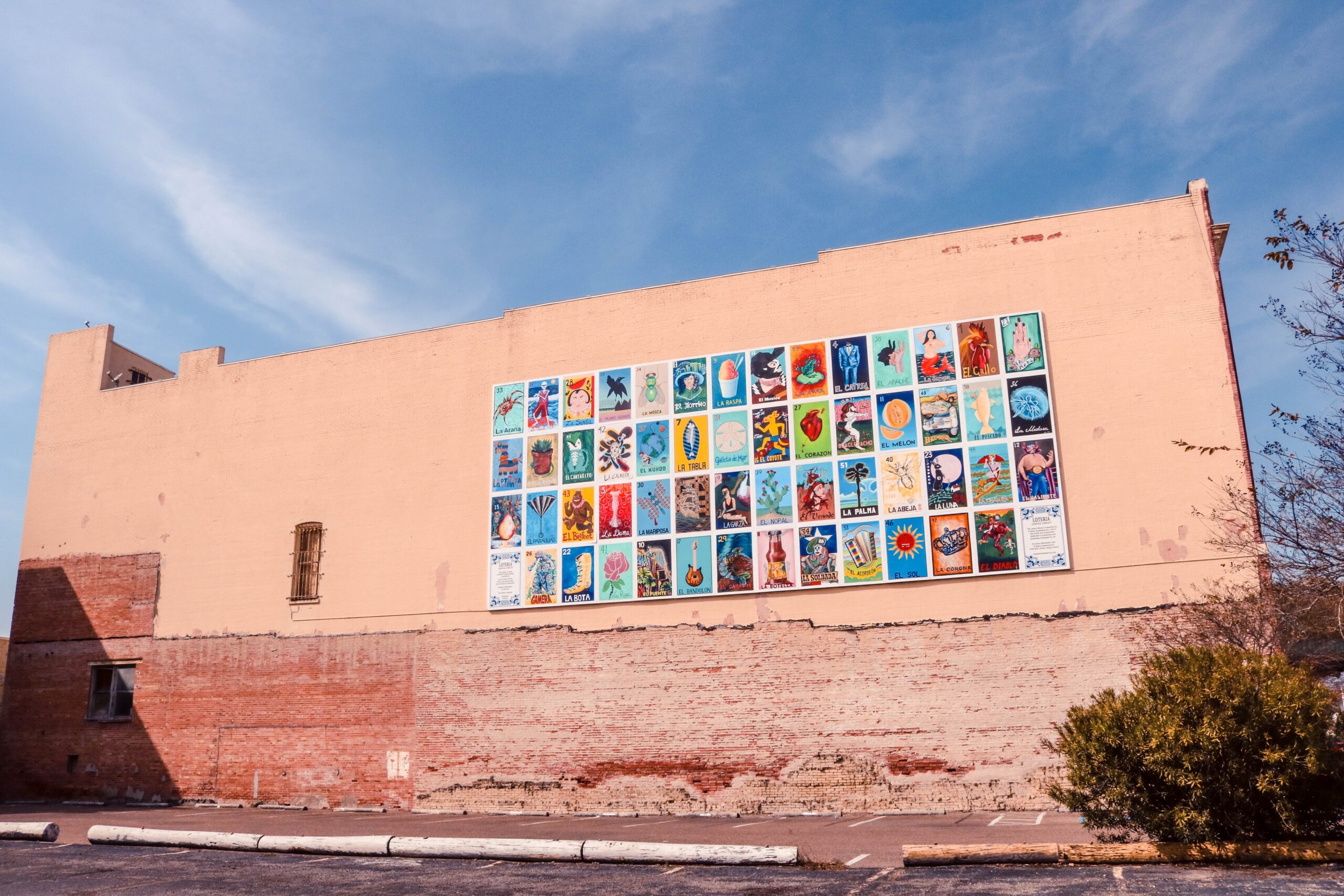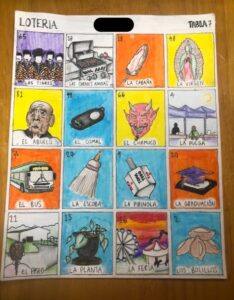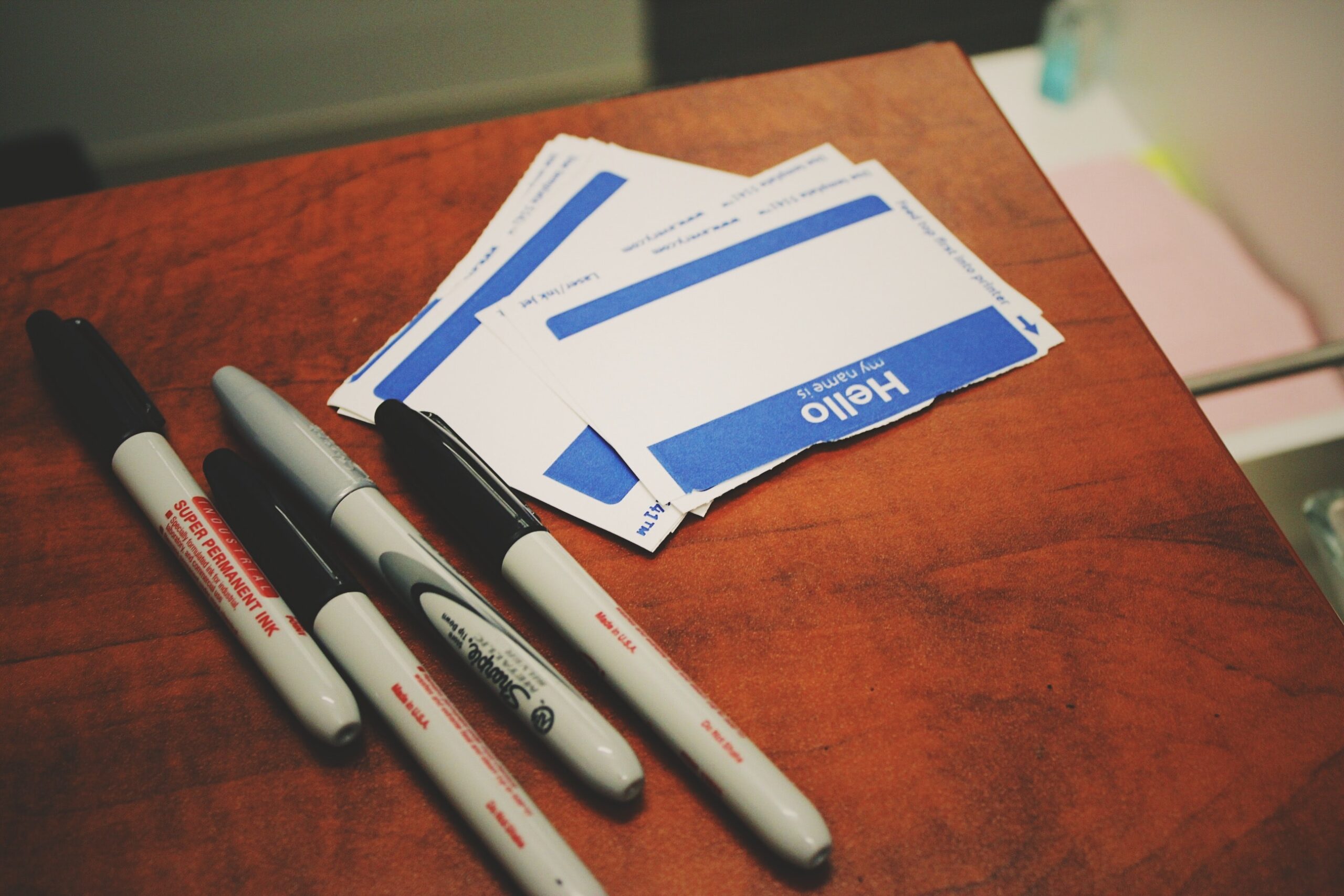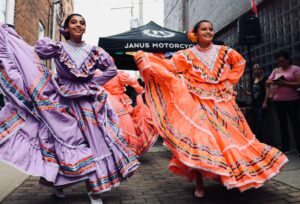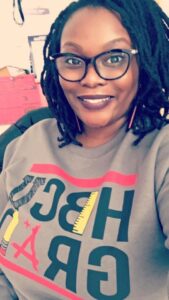By: Lexington Hendricks, South Carolina High School Teacher
As a classroom teacher, it is my job to make sure that my classroom is a safe space for students, a place where they can be who they are and not have to hide any aspect of their identity. This includes students’ individual backgrounds and cultures. Students come from many different backgrounds even if they grew up in the same town, and it is important to recognize that all students may think and view materials differently because of this.
Experience has shown me that not all students, no matter their backgrounds, enjoy reading. Most would even claim to hate it. Many times this stems from being forced to read novels that are dated and have no relation to students whatsoever. If students struggle to connect or relate to something, there is a good chance they will not gain knowledge from whatever they are attempting to read. Think about their social media; students choose to follow people or pages that they have some form of connection or relation to. This also varies from student to student because of their backgrounds and cultures. The same can be applied to what students read. This is why it is crucial not only to have a classroom library but also to create an intentional classroom library.
Creating my Classroom Library

Creating a classroom library is already a daunting task. I remember my first year teaching and buying the cheapest books I could find just so students would have the option to borrow books from me and to see them in my classroom. Throughout conversations with my students over the years, I have learned that many of them find the school library overwhelming because of the amount of books to choose from. Also, many libraries are organized by the author’s last name which can make finding books on topics students are interested in more difficult. When students are able to see books in their classrooms on a smaller scale, the overwhelming feeling of choosing one book out of hundreds disappears. When creating a classroom library, the first step is to thoughtfully organize books so that they are easily accessible to students. The second, and in my opinion, most important step is choosing the books that go into the library.
At first, I just bought whatever I had access to and what was easiest on the budget. There was no intentionality in what books I chose. I also did not have any organization at all. I just put them on bookshelves and hoped for the best and found myself frustrated when none of my students wanted to go to the shelves and pick out books to read−not my proudest classroom library moment. I think I realized that in order for my classroom library to be useful, I needed to do two things: organize the books in a more accessible way and add books that were culturally relevant to my students.
How to make your Classroom Library more Accessible
1) Sort by Genre
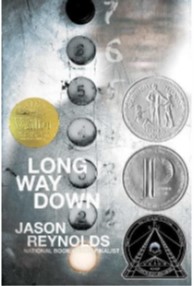
To make books more accessible to students, I sorted them by genre instead of the author’s last name. I had to remind myself that students probably care more about what the book is about than who wrote it. I chose the genres that our school librarian used so students would have consistency when choosing books. I color coded the genres and added that same color to the corresponding books so that students could easily put books back in their place when they were finished. That was actually the easy part.
2) Find Culturally Relevant Books
Finding culturally relevant books was a little more challenging. What did culturally relevant even mean? Thankfully, we live in an age where the internet and Google are both handy. I did my research and learned that I needed to find books that fit not only where my students come from physically but also mentally, meaning books students could relate to in regards of hobbies, identity, and what they believe.
3) Keep your Student Population in mind
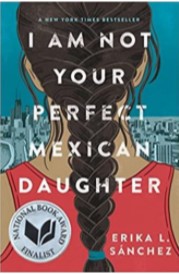
Our school has a high population of English Language Learners (ELLs), so I added in books that brought in their cultures and made sure that some of these were Spanish versions for those who are still learning the basics of English. I also used conversations with my students to determine what other types of books I wanted to include. The images you see throughout this post include some of the books I bought when I first started intentionally buying culturally relevant books. It is important to note that each classroom is different; the best way to determine what books to buy for your classroom library is to have intentional conversations with students that allow you to get to know them beyond an academic level.
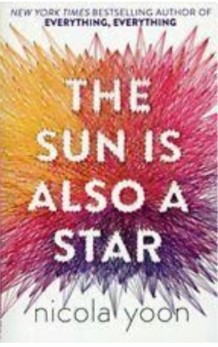
Students need to see themselves or parts of themselves in the books they read to make real connections. When this happens, they can see that you not only value them as students but also as who they are as human beings. This often means more to them than academics. On that same note, it means even more to students if you read the books that relate to their cultures. Students see that we care about them and want to know them, not just their academic abilities. I love to see students’ faces light up when I can introduce them to books that I know they will love and relate to because I have also read them myself.
4) Be Intentional in book Selection for your Library
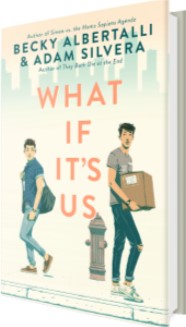
I had one student who had some struggles about fitting in and being her true self, and she seemed down a lot in class on top of slacking when it came to school work, which was not at all like her. I asked her about it, and she told me about how she was struggling to figure out who she was and did not know what to do. I was able to recommend a book to her that I had just read. This book is light-hearted but also touches on a breakup and how to keep going, which I knew this student had recently gone through. I recommended the book What if it’s Us? by Becky Albertalli and Adam Silvera in hopes she would see that even when life is hard, good things can still come. As she was reading, she would note certain aspects of the novel that she could relate to and wanted to read more books like that one after. This led to me wanting to be able to recommend more books to not only her but my other students as well. I then decided that I not only need to build my classroom library intentionally, but also read the books I picked out as well. This student felt cared about and represented because I was able to give her a book that she could relate to and see parts of herself in. This mattered more to her than anything else.
You see, the bottom line is that when students feel they are represented, they are more likely to invest in whatever the activity is, and in this case, it is reading. Incorporating students’ backgrounds and cultures into the curriculum can be challenging. If you do not feel like you are ready for that challenge, start small. Be intentional with the books you put in your classroom library. Choose books that represent the students in your classroom. Let them know that you care about who they are and where they come from.
The more you show that you care about students, the more likely they are to read something if you ask them to, and the more students read, the more likely they are to improve overall academically, even if they are just reading books that they can relate to. They may even begin to enjoy reading. I always say, “Students don’t actually hate reading. They just haven’t found the right book yet.”
About the Author
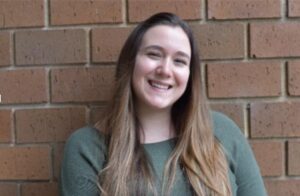
Lexie Hendricks has been teaching for five years at Palmetto High School.

